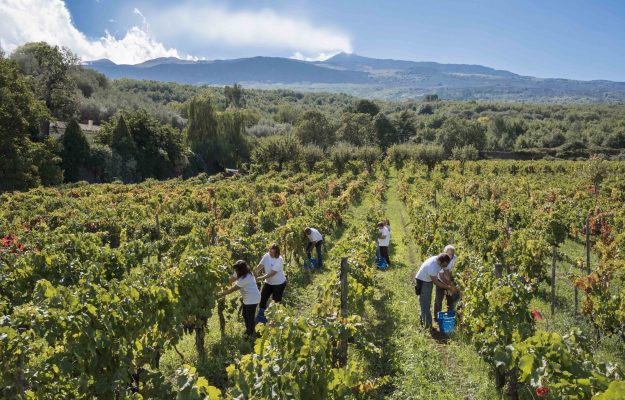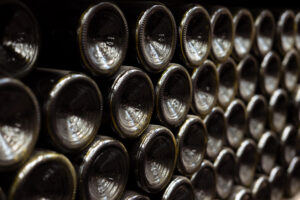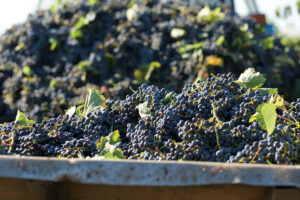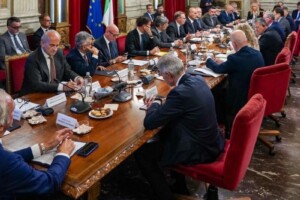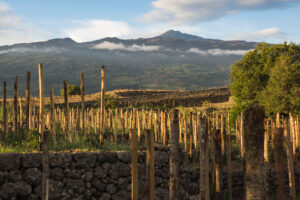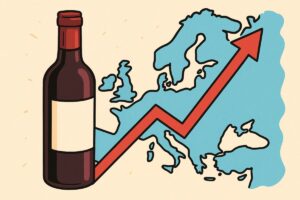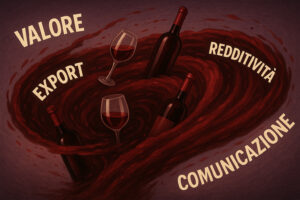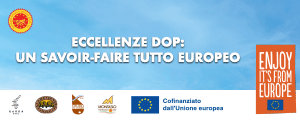The 2019 grape harvest in Italy is slowly gaining ground, considering that in many areas, as some of the top winemakers in Italy have told WineNews, grape harvesting will continue into late September, and probably into October. This is in contrast to the forecasts the many agricultural organizations, from Coldiretti to Confagricoltura, proffered perhaps much too far in advance at the beginning of August talking about a 6% decrease compared to 2018. We will have a more complete picture on September 4th, when for the first time together, at the Ministry of Agricultural Policies in Rome, the Italian wine union, Unione Italiana Vini, the winemakers association, Assonoelogi and the services for agro-food markets Ismea will jointly release their harvest forecasts.
At the moment, according to the opinion of those who are in the vineyards every day, the grape harvest should be slightly lower than 2018, around 5 to 10% less, even though there are “fears” that the harvest could be more abundant. These fears arise first in the thoughts of winemakers and then wine producers, not for the quality of the grapes, which is very good everywhere due to the lack of extreme weather events so far, nor for the quantity (the race with France for best production, which is now good only for a few labels), rather for the question of prices. And indeed, prices especially of lower ranges and table wines have been falling for a long time compared to 2018 (which had already recorded a big drop in prices after the very scarce 2017 grape harvest, ed.), registering crashes of even -40% and more, in some cases. And that's why one wouldn't mind a harvest that would be a bit more scarce than 2018’s.
According to many experts, what needs to be worked on instead, is the value creation chain, because it is true that there are territories and wines of excellence that are not affected much by production and market fluctuations, however, others and actually most of them are in Italy, don’t have the same protection.
This consideration also applies to winery stocks as the national ICQRF (Institute for Quality Control and Fraud Repression) figure, updated to July 31, 2019, revealing 41.2 million hectoliters in the cellars - practically a “poor” harvest – on its own, does not mean much. To explain this better, for some denominations, the stocks are "physiological" also in the production guidelines that, perhaps, anticipate the introduction of wines on the market as much as 3 or 4 years after the harvest. And, for other denominations, perhaps very successful on the market, a significant amount of wine still in the cellar does not mean difficulties, in other cases of smaller or less known denominations, instead, even a few hectoliters, means substantial stagnation in consumption.
The still enormous gap of export values between Italy and France is also very significant. According to various estimates, the average price of bottled wines from Italy is about 5-6 euros per bottle, while in France it is 15-16 euros. This great gap is not so much tied to the quality of the wine as to the work on prestige, image and promotion that the French had begun long before us. This is what Italian wine must still do so much work on. While in the mean time hoping for recovery of the national economy and domestic consumption, which is instead, far from brilliant, and living the constant and increasingly concrete threat of VAT increase. As for exports, for years the only driving force behind the growth of the sector, there is the growing threat of tariffs and international tensions. Moreover, these are aspects, especially the latter, on which the wine supply chain has little effect.
Copyright © 2000/2025
Contatti: info@winenews.it
Seguici anche su Twitter: @WineNewsIt
Seguici anche su Facebook: @winenewsit
Questo articolo è tratto dall'archivio di WineNews - Tutti i diritti riservati - Copyright © 2000/2025










